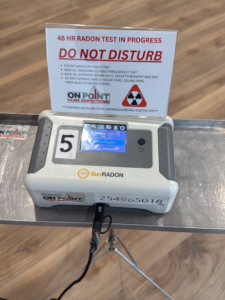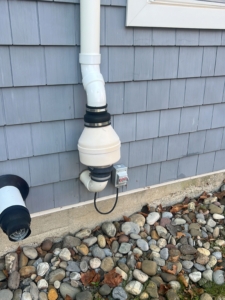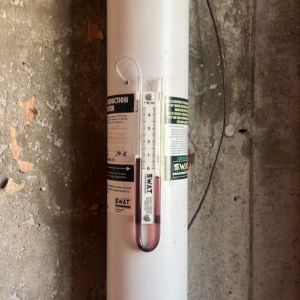Summer is the perfect time for cookouts, but without the right grill safety tips, things can go wrong fast.
Each year, thousands of fires and injuries happen because of unsafe barbecue practices. Whether you’re using a gas grill, charcoal, or smoker, this guide will help you stay safe and enjoy every bite.
Why Grill Safety Tips Matter for Every Homeowner
Grilling is fun—but it can also be risky if you skip basic safety steps.
Common BBQ Fire Hazards
Barbecue fires are more common than most people think.
🔥 Over 10,000 home fires are caused by grills each year (NFPA).
🔥 July is the top month for these accidents.
🔥 Most are caused by grease, gas leaks, or unsafe placement.
These risks can lead to burns, property damage, or even full-scale house fires.
Injuries Around the Grill
Thousands suffer burns each summer from contact with hot grills or flare-ups. Many of these injuries involve children or pets who get too close.
Carbon Monoxide Dangers
Grilling in garages or enclosed spaces traps fumes. This creates a silent threat—carbon monoxide poisoning.
Grill Safety Tips From Home Experts
Home inspectors often find fire hazards near outdoor grills. Use these expert grill safety tips to prevent danger.
Safe Grill Placement
-
Place grills at least 10 feet from your home or deck railing.
-
Keep away from garage doors, fences, and overhangs.
-
Never grill indoors or in enclosed patios.
Check Gas Lines and Connections
-
For gas grills, use soapy water to test for leaks.
-
If you see bubbles, turn it off and fix the issue before use.
-
Replace cracked or brittle hoses.
Grill Cleaning Is Fire Prevention
Grease and food debris can ignite. After each use:
-
Scrape grates clean.
-
Empty grease trays.
-
Check burners for blockages.
A clean grill is a safe grill.
Use the Right Tools
-
Use long-handled utensils to avoid burns.
-
Wear heat-resistant gloves.
-
Keep a fire extinguisher nearby. Never use water on a grease fire.
How to Set Up a Charcoal Grill Like a Pro | Food Network
Practical Grill Safety Tips You Can Use Today
Follow these steps before, during, and after each barbecue.
Before You Start the Grill
✔️ Check for leaks or rust
✔️ Set up on stable, fireproof ground
✔️ Create a safety zone—3 feet clear of pets and kids
✔️ Keep a fire extinguisher or baking soda close
While Cooking
✔️ Never leave the grill unattended
✔️ Watch for flare-ups
✔️ Avoid cooking fatty meats that drip excess grease
✔️ Keep children supervised and away from the grill
After You’re Done
✔️ Let charcoal cool for at least 48 hours
✔️ Disconnect propane when not in use
✔️ Store the grill outside under a cover
✔️ Clean everything after use
Grill Safety Tips for Charcoal BBQs
Charcoal grills need special care. Follow these BBQ safety tips for a fire-free cookout.
🔥 Never use gasoline or any flammable liquid besides starter fluid.
🔥 Use a chimney starter as a safer option.
🔥 Let coals burn out completely before cleanup.
🔥 Dispose of ashes in a metal container, away from your home.
Holiday Grill Safety Tips for Summer Cookouts
Holiday weekends are the most common times for BBQ accidents. Use these grill safety tips to stay safe during the celebrations.
Memorial Day
-
This weekend marks the start of grilling season.
-
Check for old hoses or rusted parts before use.
-
Clean off any grease buildup from storage.
Father’s Day
-
Supervise grills closely during parties.
-
Make sure no one—especially kids—leans or plays near hot equipment.
Fourth of July
-
Most grill-related fires happen on this day.
-
Keep fireworks far from the grill area.
-
Avoid alcohol when you’re the cook.
Labor Day
-
As summer ends, grills often show wear and tear.
-
Inspect and clean thoroughly before firing it up.
-
Replace damaged or aging parts.
Remember to Follow These Grill Safety Tips All Summer Long
Grill season should be fun, not frightening. Let’s recap the most important grill safety tips:
-
Always grill outdoors and away from buildings
-
Inspect gas lines and replace old hoses
-
Clean grills after every use
-
Supervise at all times—especially during holidays
-
Keep pets and children far from hot equipment
Take safety seriously and your cookouts will be full of great food, not emergency calls.
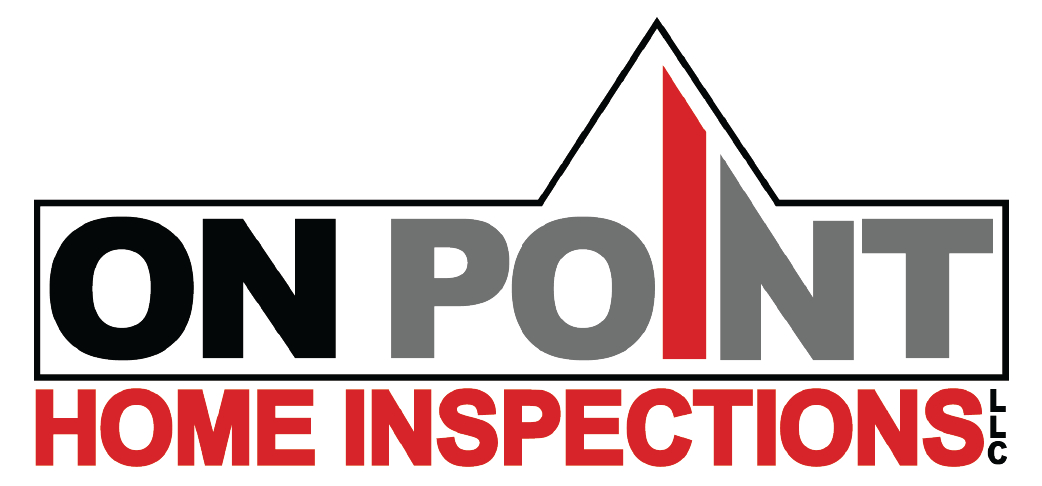

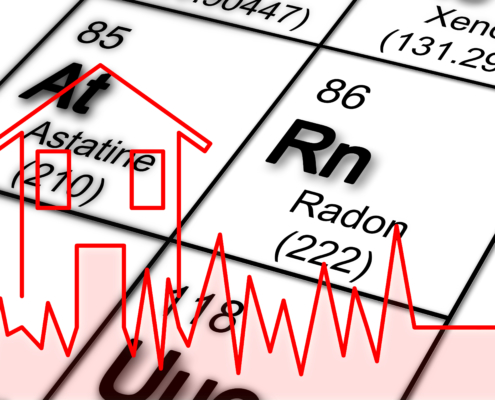
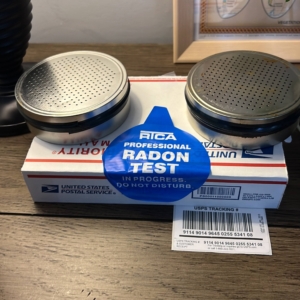 Radon Testing Methods
Radon Testing Methods